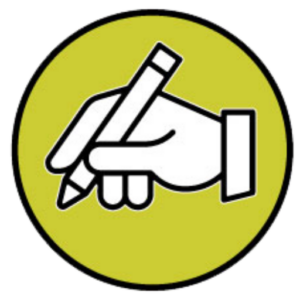Secrets To Drawing Heads
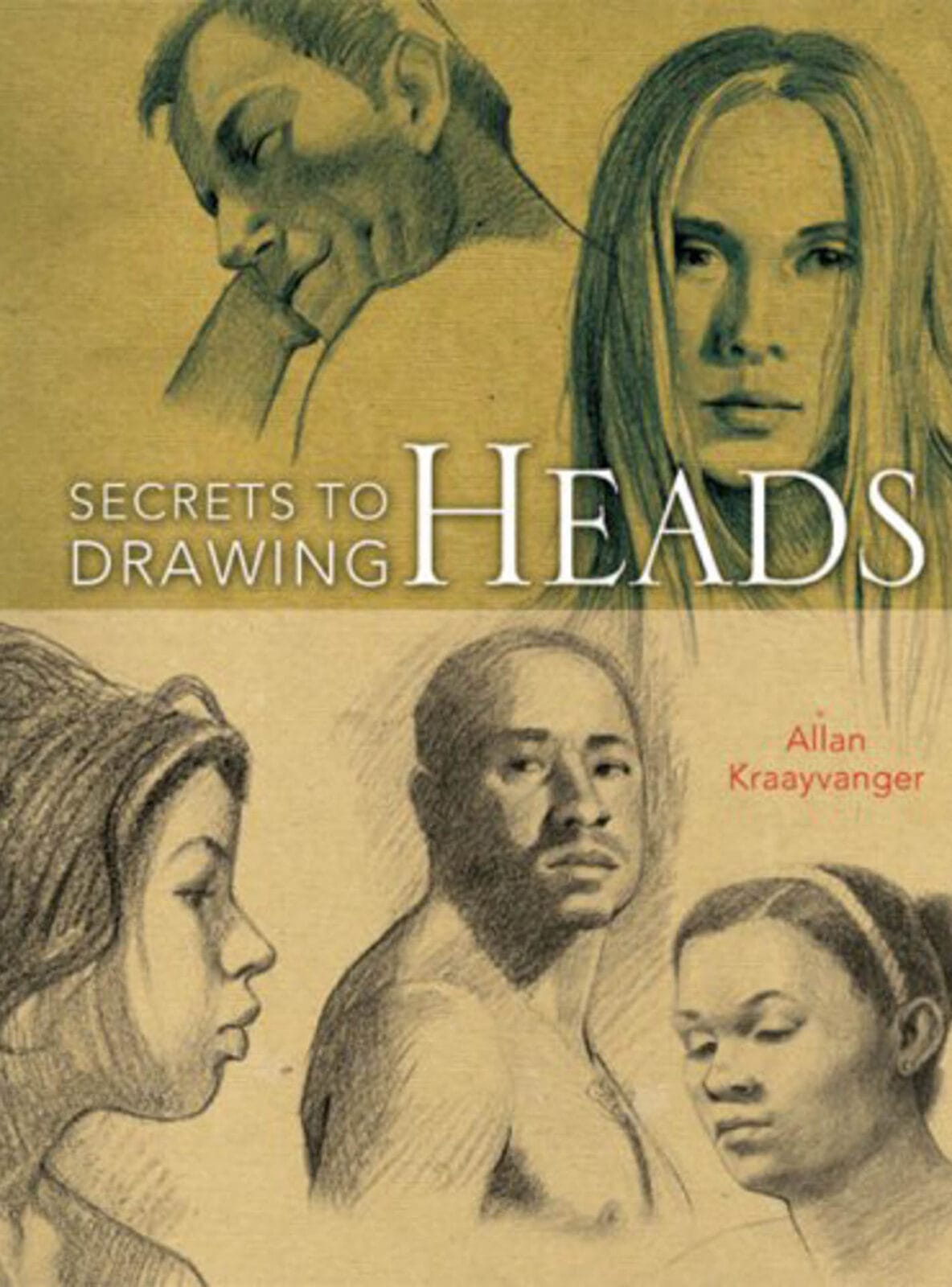
The influence of the skull is visible under every head if you look for it. The basic structure of every head is determined by the structure and proportions of the underlying skull.
Anatomy Lessons from the Great Masters
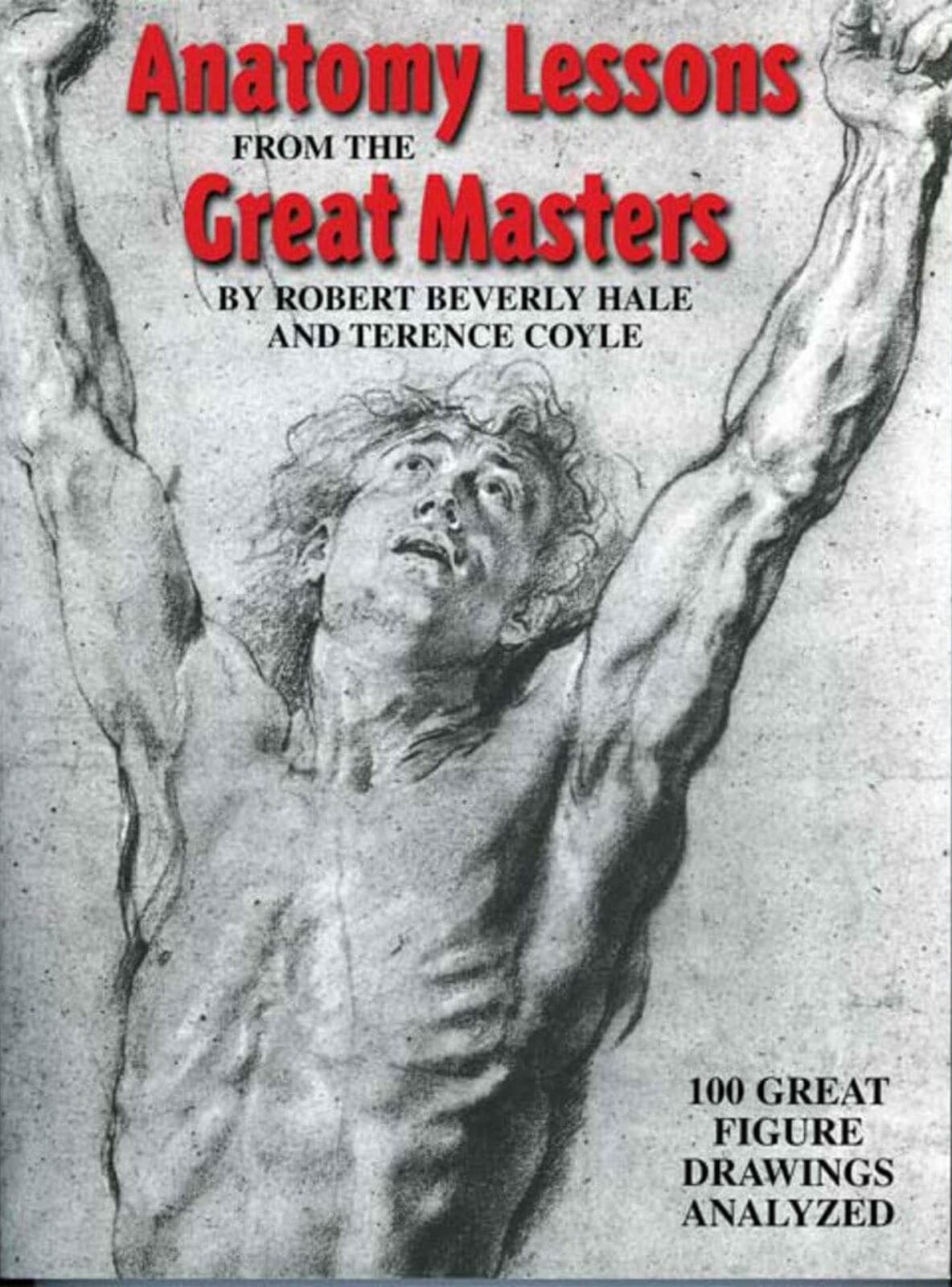
This classic 1977 book (paperback edition, ©2000), whose foremost author was one of the great artistic anatomy teachers of the twentieth century, is an invaluable instructor and reference guide for any professional, amateur, or student artist who depicts the human form. Revealing the drawing principles behind one hundred inspiring masterpieces, the book presents work by […]
The Artist’s Complete Guide to Figure Drawing
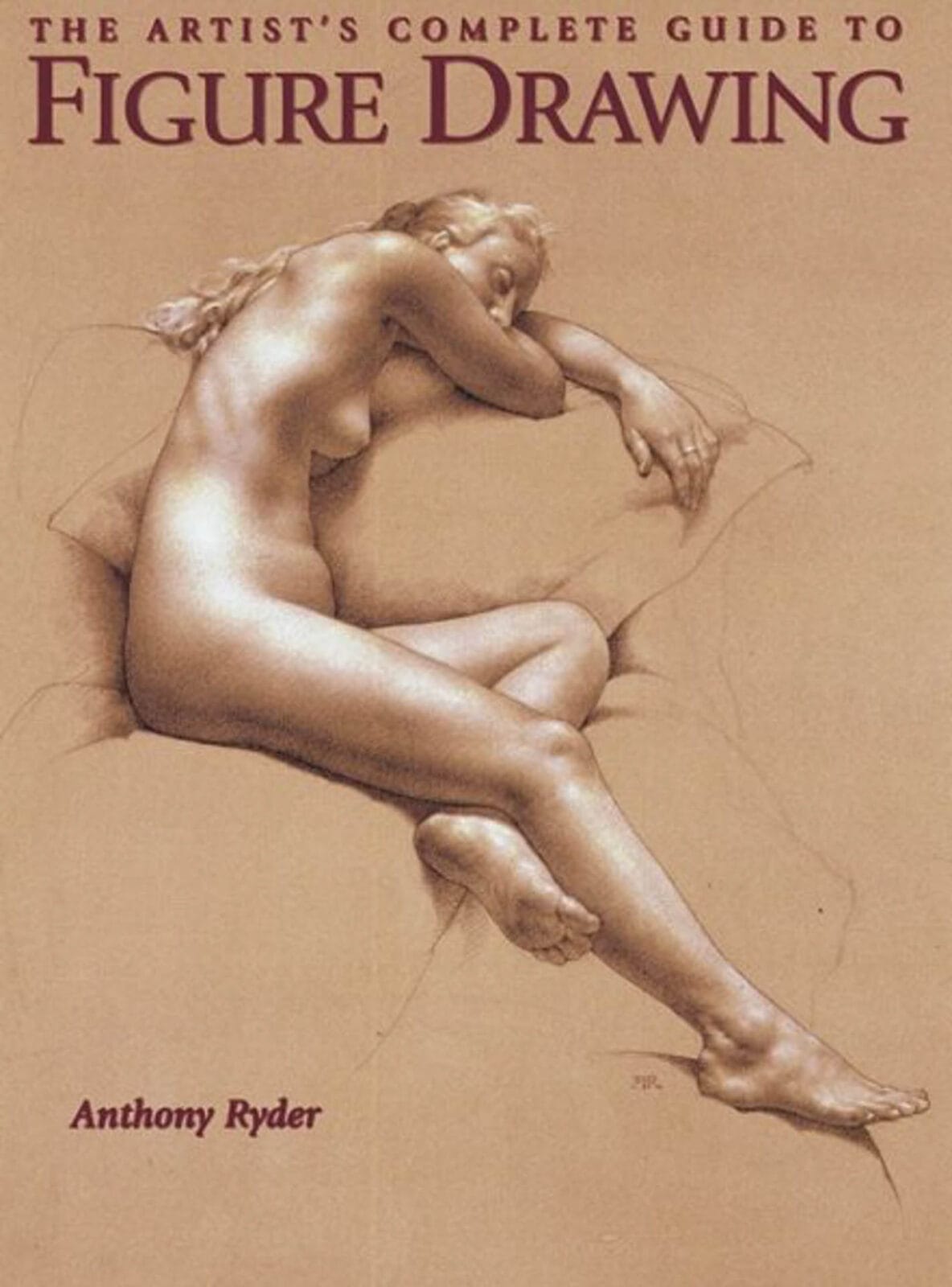
Demonstrates a three-step drawing method exploring outline, contour, and the capture of light, volume, and mass. Many of us want to learn ”how to draw“; but as artist Anthony Ryder explains, it‘s much more important to learn what to draw. In other words, to observe and draw what we actually see, rather than what we […]
100 Creative Drawing Ideas
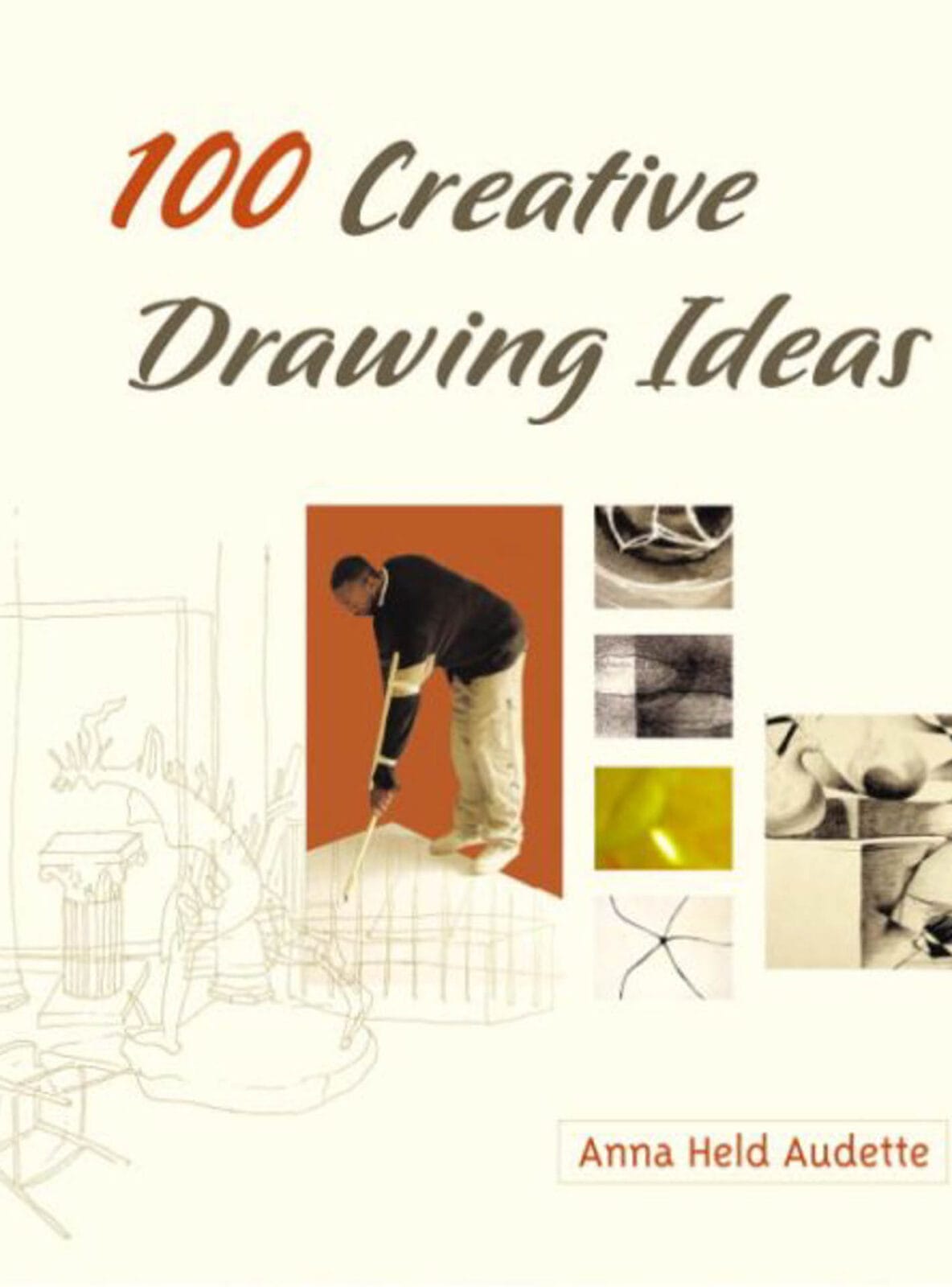
What art student doesn’t groan at the hackneyed problems too often assigned in art classes, such as a still life, chianti bottles, old chairs, and large cloths draped over the whole scene? Here, in the first book ever of its kind, is a collection of interesting and original ideas for drawing projects, contributed by art […]
Drawing Realistic Pets from Photographs
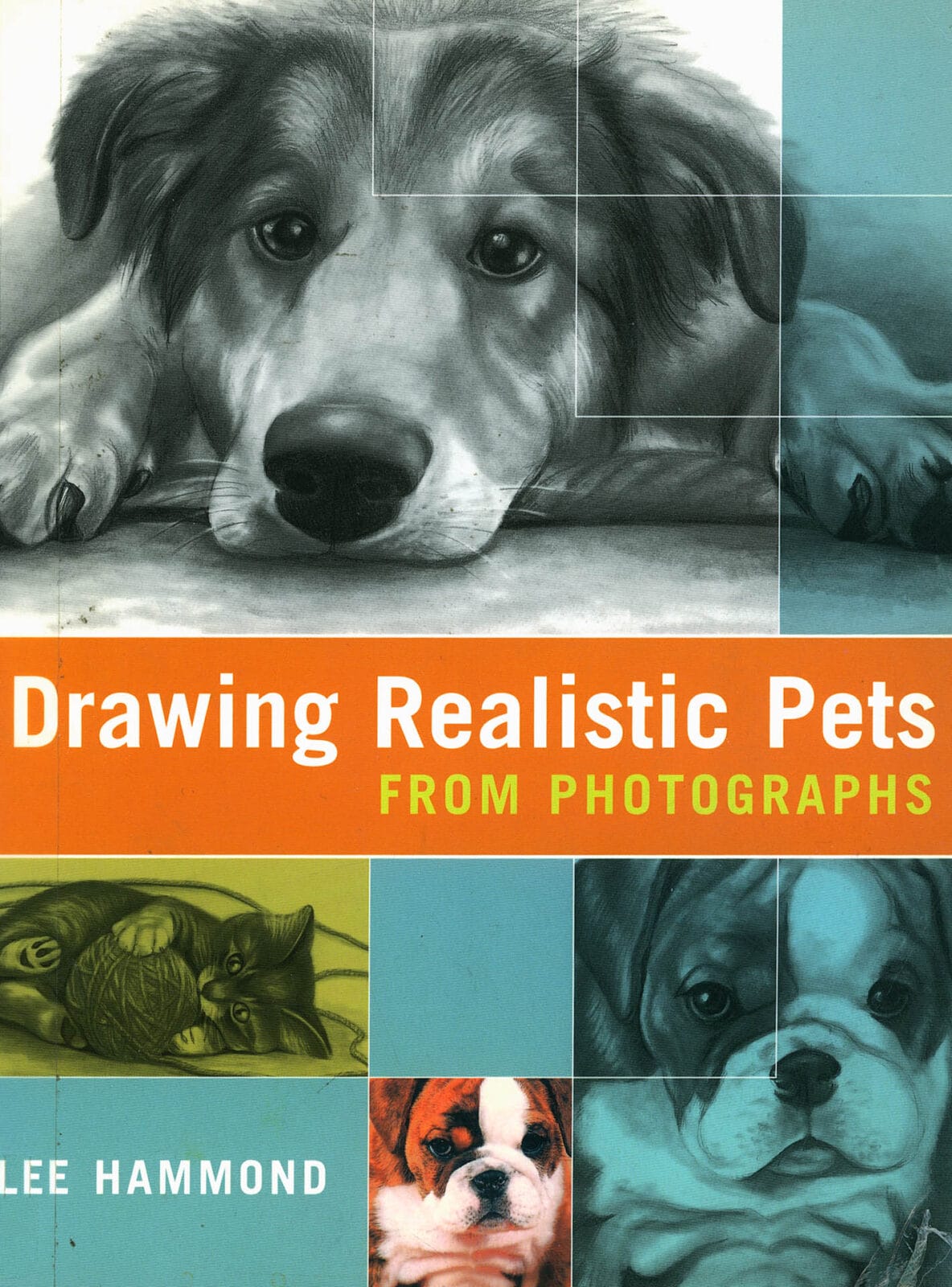
Turn your candid snapshots into remarkable artwork that truly captures the personality of your cherished animals. In Drawing Realistic Pets from Photographs, you’ll find foolproof instructions that will have you creating impressive drawings in no time. Don’t let a lack of natural artistic ability or drawing experience discourage you. Best-selling author and long-time art instructor […]
Keys to Drawing
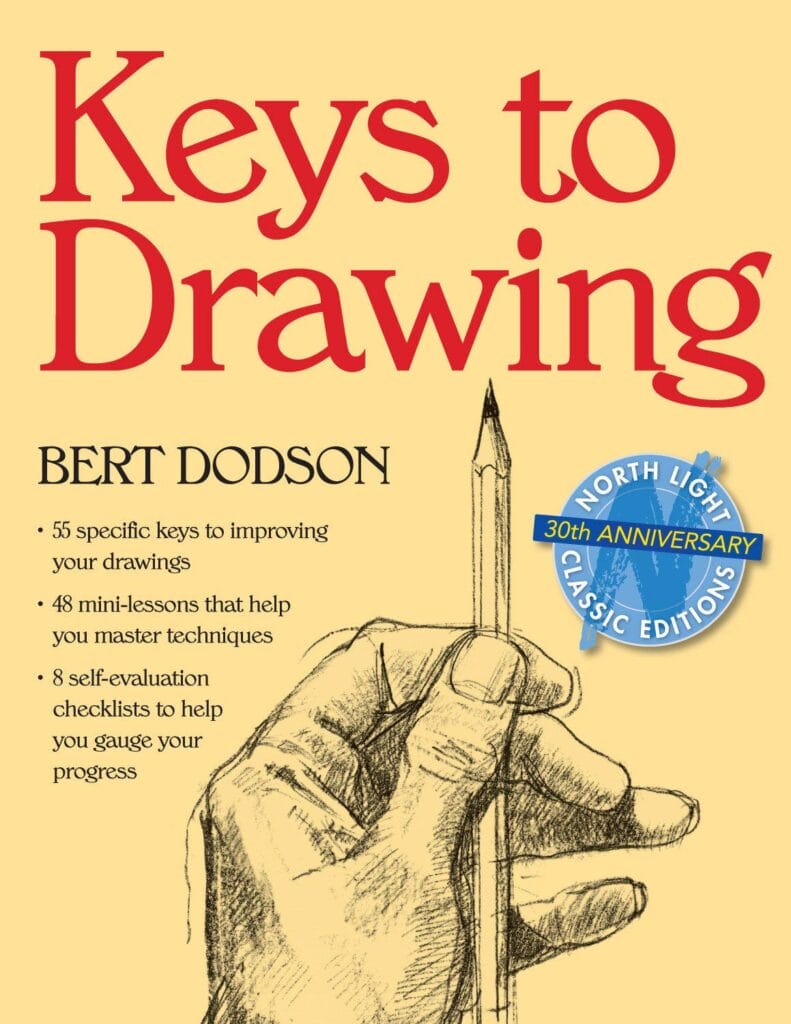
Anyone who can hold a pencil can learn to draw. In this book, Dodson shares his complete drawing system—fifty-five “keys” that you can use to render and subject with confidence, even if you’re a beginner. These keys and dozens of practice exercises will help you draw like an artist in no time. You’ll learn how […]
How To Draw What You See
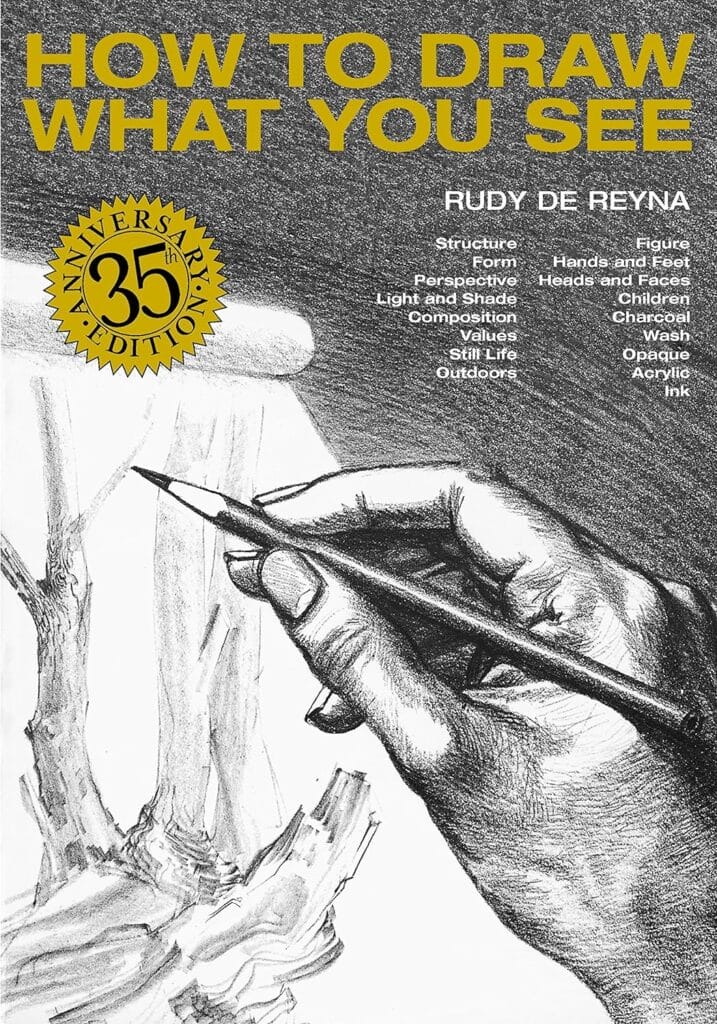
Everyone wishes that they could faithfully reproduce the world around them—wishes that they could draw what they see. This is a book that teaches you how. Rudy de Reyna believes that there are only four basic shapes in nature—the cube, the cylinder, the cone, and the sphere. Every object is based on one of these […]
Drawing on the Right Side of the Brain
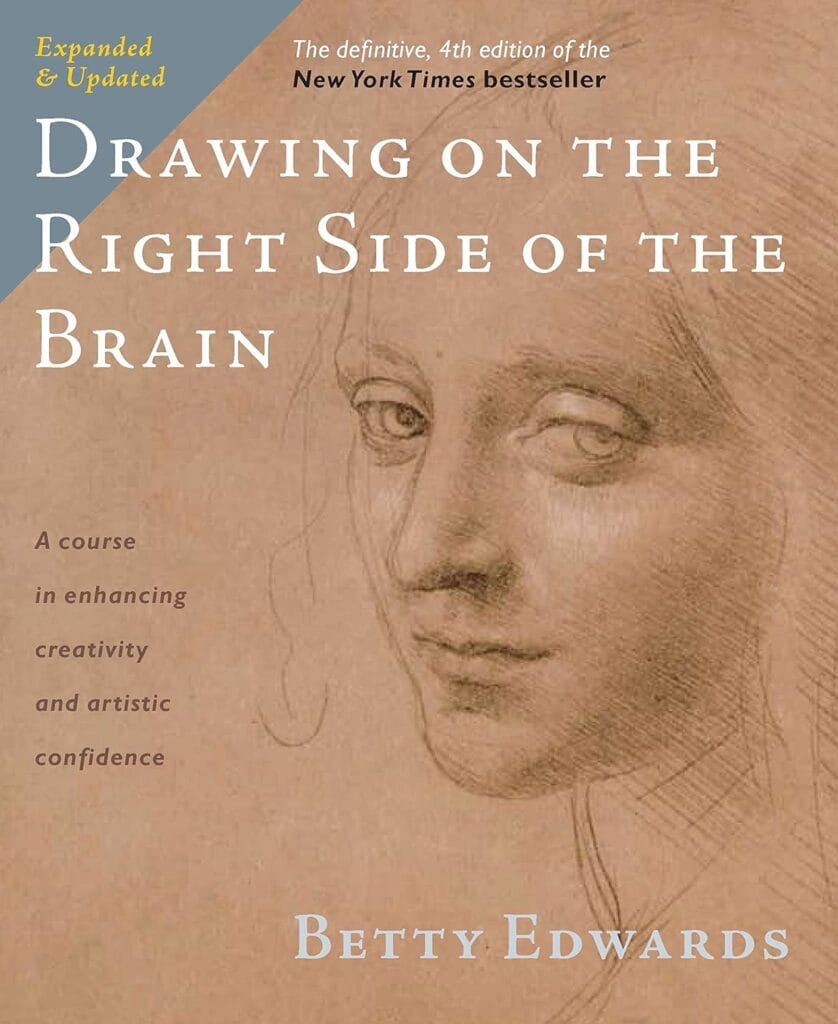
Translated into more than seventeen languages, Drawing on the Right Side of the Brain is the world’s most widely used instructional drawing book. Whether you are drawing as a professional artist, as an artist in training, or as a hobby, this book will give you greater confidence in your ability and deepen your artistic perception, […]
Drawing for the Absolute and Utter Beginner
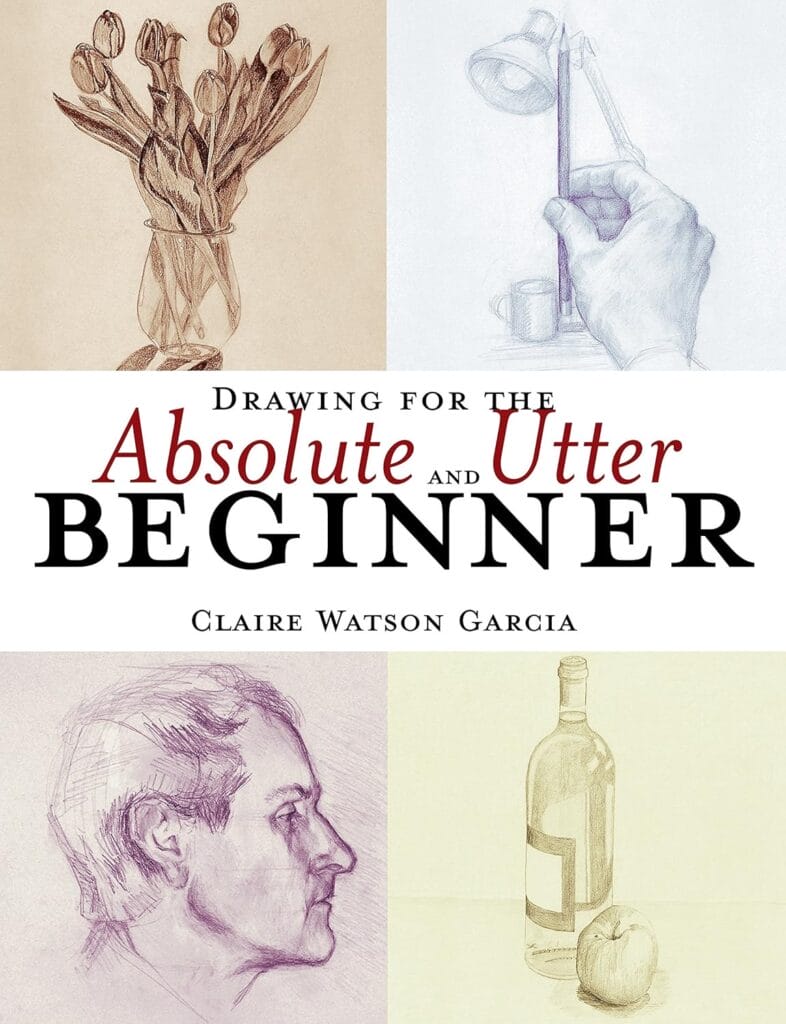
Based upon the author’s successful workshops, Drawing for the Absolute and Utter Beginner helps new artists create competent, often eloquent drawings. A series of progressive lessons demonstrates such essential skills as recording edges, creating dimension, adding accuracy, developing value, balancing compositional elements, and drawing the human face, both frontal and profile views. Step by step, readers […]
Art of the Pencil
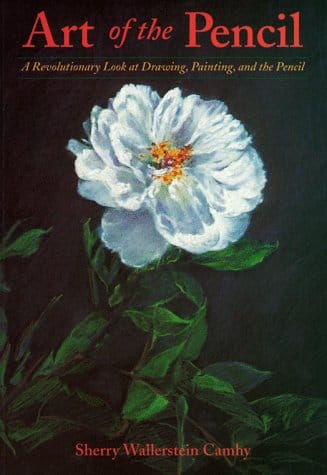
Too many books of art instruction sell high but deliver low, cynically layering truncated photo-demonstrations accompanied by inadequate captions over puny discussion of materials and technique. Sherry Camhy’s book belongs to a rarer kind, the sort that is determined to help and knows how. Ms Camhy is a much-honored artist. Her resume, unobtrusively included in […]
